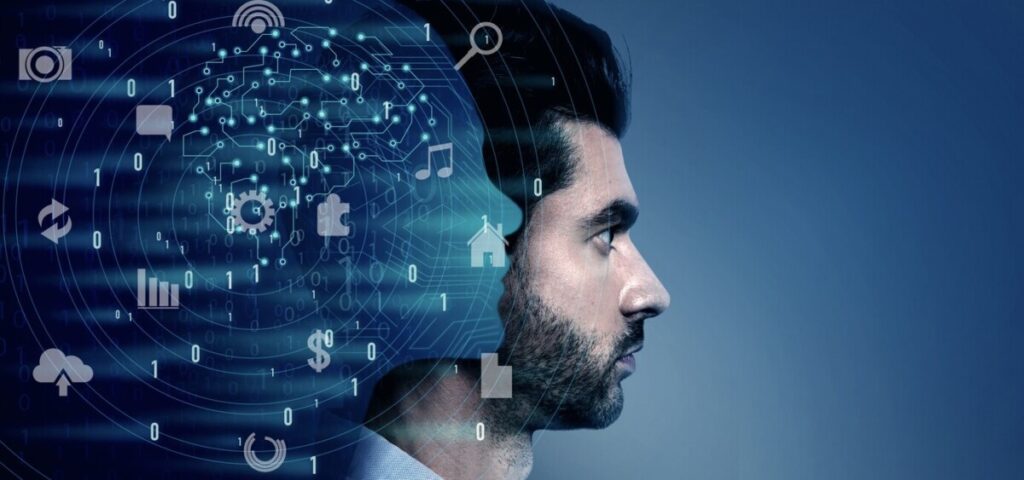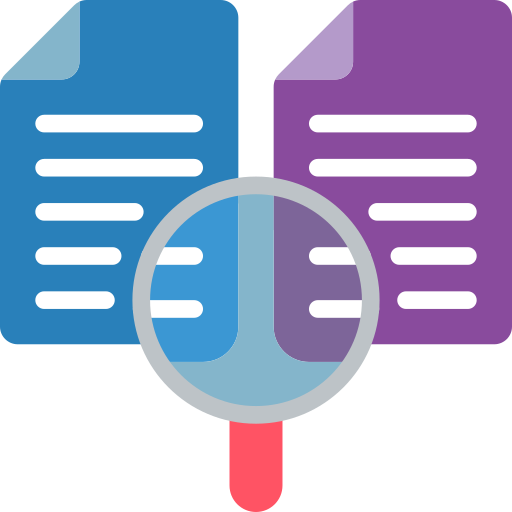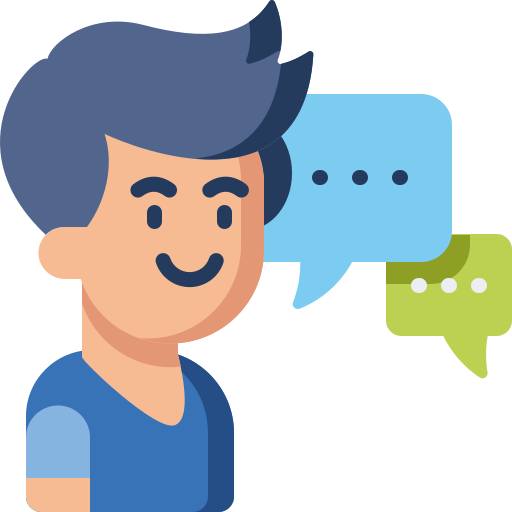
Human AI is no longer just a sci-fi concept—it’s here, learning, adapting, and even feeling. Okay, maybe not quite “feeling” yet, but it sure knows how to mimic it pretty well. Whether you’re talking to a chatbot that understands sarcasm or using a voice assistant that sounds eerily empathetic, human AI is all around us.
What Is Human AI?
The Basic Definition
Human-AI refers to artificial intelligence systems that are designed to think, communicate, and even behave like humans. It’s AI with personality—AI that understands not just what you’re saying, but how you’re saying it.
Human-AI vs. Traditional AI
Traditional AI is like a calculator—great at logic, terrible at emotions. Human AI, on the other hand, brings emotional intelligence, tone recognition, and human-like interaction into the mix.
The Evolution of Human AI

From Rule-Based Systems to Emotional Intelligence
Remember Clippy from Microsoft Word? That’s early AI. Fast forward to today, and we have AI that can hold conversations, tell jokes, and even express empathy. The transformation is massive.
How Human-AI Is Designed
Data and Training Models
Human AI gets its smarts from huge datasets filled with human conversations, expressions, and behaviors. It’s trained to recognize emotional cues, linguistic nuances, and more.
Mimicking Human Thought and Emotion
The goal isn’t just to answer questions but to connect. Developers design these systems to mimic how humans think, process, and respond emotionally.
The Importance of Human-Like AI
Enhancing User Experience
We naturally connect better with systems that “get” us. Human-AI creates smoother, more enjoyable interactions by understanding emotional tone and intent.
Trust and Relatability
People are more likely to trust AI that behaves like a person. That trust makes human-AI useful in sensitive fields like healthcare and counseling.
Human-AI in Everyday Life
Personal Assistants
Alexa, Siri, Google Assistant—these are basic examples of human AI helping with everyday tasks, from setting reminders to cracking jokes.
Healthcare
Human-AI can assist doctors, remind patients to take meds, and even provide mental health support by offering empathetic conversation.
Education and Learning Platforms
AI tutors that adapt to a student’s learning pace and style? That’s the magic of human-AI making learning personal and fun.
Real-World Applications of Human AI

Customer Support
No more robotic scripts. Human AI understands frustration, urgency, and can actually de-escalate tense situations.
Mental Health and Therapy
Some AI bots now offer 24/7 mental health support—listening, guiding, and helping people manage anxiety and depression.
Challenges in Creating Human AI
Ethical Dilemmas
Should AI pretend to be human? What if it’s too convincing? These are real concerns developers face daily.
Bias and Fairness
If the data is biased, the AI will be too. It’s crucial to keep human-AI fair and inclusive.
Emotional Accuracy
Fake empathy can backfire. If an AI says “I understand” but clearly doesn’t, it can make things worse.
How Human AI Affects Jobs and Industries
Automation with a Human Touch
Jobs are evolving. Human AI isn’t replacing people—it’s helping them do better work faster, especially in customer service and creative roles.
Augmenting Human Work, Not Replacing It
Think of it like having a super-intelligent assistant, not a replacement. The human touch still matters.
The Human Element in AI Development
Developers’ Moral Responsibilities
The people behind human-AI must prioritize ethics and transparency, because what they create affects millions.
Transparency in AI Behavior
Users need to know when they’re talking to a human vs. human-AI. It’s about trust.
The Future of Human AI

Emotionally Intelligent Robots
Imagine robots that understand your mood and respond accordingly. We’re closer than you think.
More Human, Less Machine
The future is all about making AI more human—not in body, but in soul (metaphorically, of course).
Myths vs. Reality About Human-AI
Will AI Become Too Human?
Nope. AI doesn’t have consciousness or desires—it’s just good at faking it.
Can It Truly Feel?
Short answer: no. But it can simulate feelings so well, you might not even notice.
How to Interact with Human-AI
Tips for Better Communication
Speak naturally. Human-AI is designed to understand tone, phrasing, and emotion.
Setting Realistic Expectations
It’s smart, not sentient. Human-AI can help, but it won’t replace human connection.
Should We Be Concerned?
Balancing Innovation and Control
Like any tech, human AI needs boundaries. With the right rules, it can be a force for good.
Human-AI is reshaping the way we interact with machines—and each other. It’s about making technology more human, more intuitive, and more connected. While there are challenges, the potential for positive impact is enormous. With thoughtful development and responsible use, human AI can be one of the most transformative innovations of our time.
FAQs About The Best Human AI Collaboration
What does “human AI” really mean?
It refers to AI systems that mimic human behavior, emotions, and communication to interact more naturally with people.
Is human-AI safe to use?
Yes, when developed responsibly. But like any technology, it needs ethical guidelines and oversight.
Can human AI replace real humans?
Not entirely. It complements human work but doesn’t replace the genuine human touch.
Where is human-AI used today?
In voice assistants, chatbots, healthcare, education, mental health, and even art and design.
Will AI ever truly “feel” emotions?
No. It can simulate emotions, but it doesn’t have consciousness or feelings like humans do.







